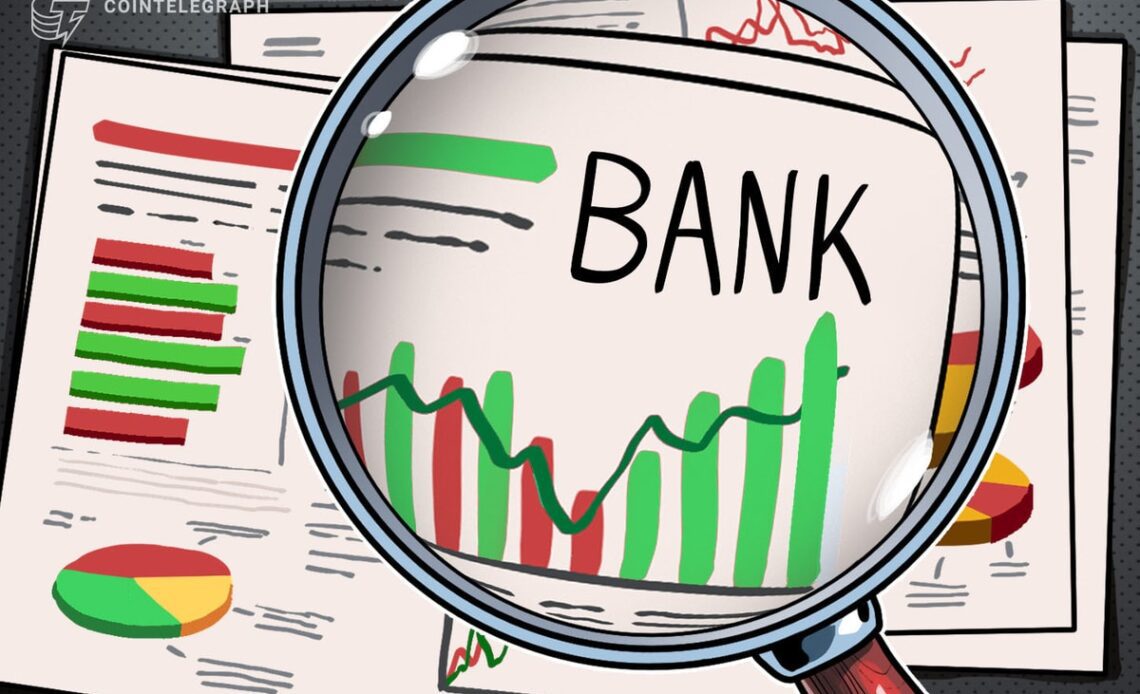[the_ad id="1637"]
[ad_1]
A bank health check is a comprehensive assessment of a bank’s financial condition, performance and risk management practices. It is conducted by banking regulators or independent auditors to evaluate the bank’s ability to withstand adverse economic conditions and potential risks, including credit risk, market risk, liquidity risk and funding risk.
The bank’s financial statements, including the balance sheet, income statement and cash flow statement, as well as its risk management methods, are often thoroughly examined as part of the health check.
Here are nine fundamental metrics to analyze the health of a bank.
Why is a health check important?
It is important to perform a bank health check because it enables regulators and stakeholders to assess a bank’s financial stability and operational effectiveness. This enables prompt measures to reduce these risks and helps detect potential hazards and vulnerabilities that could impair the bank’s performance. Additionally, it supports financial sector stability and maintains public confidence in the banking system.
During the 2007–2008 global financial crisis (GFC), several poor practices contributed to the collapse of the global financial system. For instance, banks and financial institutions were providing loans to high-risk borrowers with poor credit histories, which resulted in a significant number of loan defaults. These subprime mortgages were packaged into complex financial instruments and sold to investors as high-yielding securities, ultimately leading to a collapse in the housing market.
The second-largest bank failure in United States history occurred on March 10, 2023, when Silicon Valley Bank (SVB) collapsed following a bank run, surpassing the largest bank failure since the 2008 financial crisis. During a period of near-zero interest rates, SVB invested heavily in U.S. government bonds, assuming they were a safe investment. However, this strategy backfired when the Federal Reserve began aggressively raising interest rates to curb inflation. As interest rates climbed, bond prices fell, resulting in a decline in the value of SVB’s bond portfolio and ultimately its collapse.
Related: Silicon Valley Bank collapse: How SVB stock price performed in 5 years
A lack of proper regulatory oversight allows financial institutions to engage in risky practices without proper checks and balances. Therefore, sound risk management practices are the key to a bank’s positive financial health and,…
Click Here to Read the Full Original Article at Cointelegraph.com News…
[ad_2]
[the_ad id="1638"]
